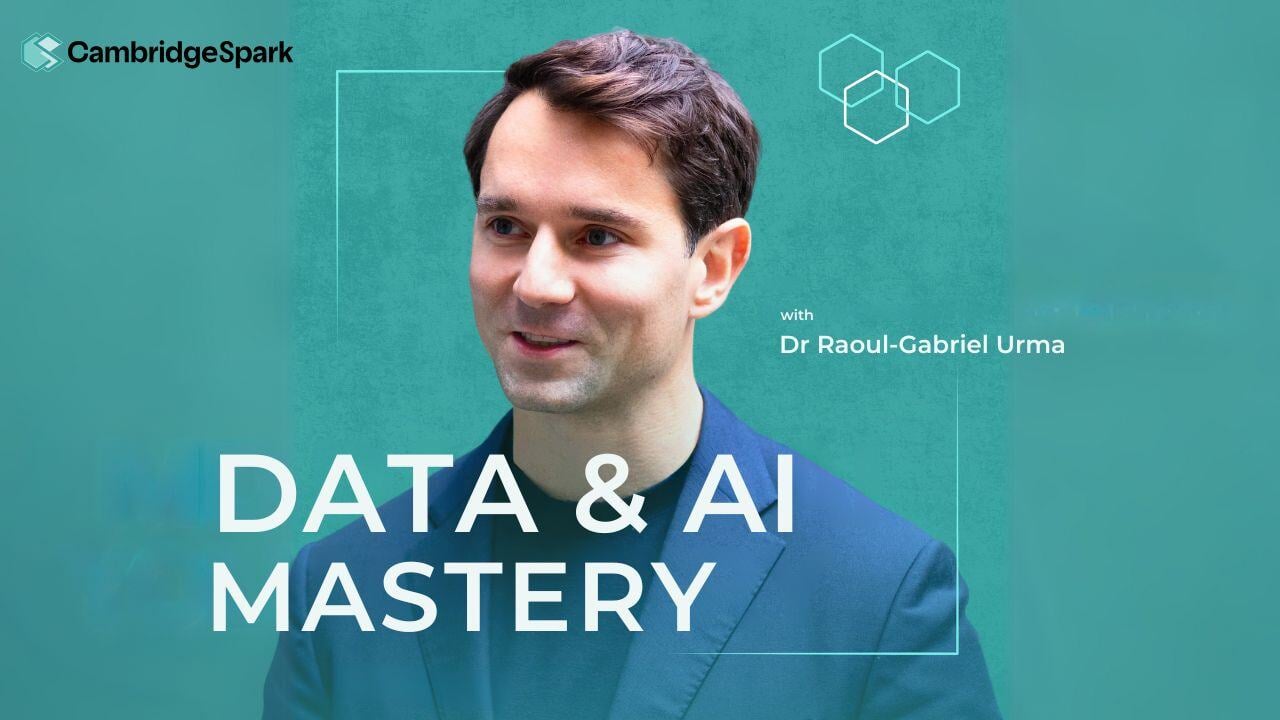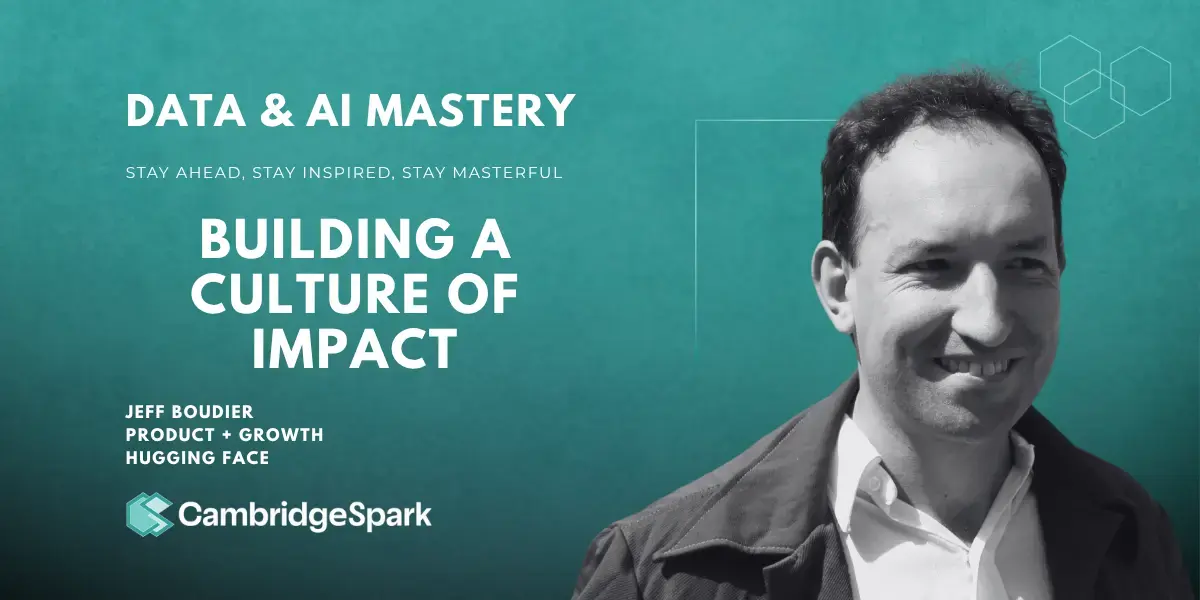When you’ve got a hammer, everything starts to look like a nail. This perfectly sums up a growing challenge in the world of AI: the tendency to apply large, general-purpose models to every problem, regardless of whether they’re the best fit.
In a recent episode of the Data and AI Mastery podcast, our host Raoul-Gabriel Urma sat down with Jeff Boudier, Head of Product & Growth at Hugging Face, to explore what it really means to choose the right AI model, one that drives meaningful, sustainable business value.
Here are some key lessons from their conversation that will help you make smarter, more cost-effective decisions when it comes to adopting AI.
The Problem With Defaulting Large Models
With the explosive rise of large language models (LLMs) and the growing excitement around AI, many companies are rushing to plug these tools into every corner of their operations.
But the truth is, effective AI adoption means being more strategic and often more selective.
Yes, large AI models like GPT-4, Claude, and Gemini are impressive. They can do a little bit of everything, from summarising documents to generating creative content, and more. But that doesn’t mean they’re the right fit for your specific business needs.
In most real-world scenarios, like classifying customer complaints, tagging documents, or extracting insights from internal data, these massive models are often excessive. They’re expensive to run (inference costs), harder to customise, and may not even give better results compared to a well-tuned, lightweight model.
Why Smaller, Open-Source Options Are Often Better
At Hugging Face, Jeff and his team are seeing a powerful shift in how leading organisations are approaching AI model selection:
“What we are hearing is that they get much better results by leveraging open models and open source to their specific use cases. For most things that you do at a company, for most business cases, you don't really need a model that can explain the meaning of life and solve mathematical theorems. You need to classify requests, emails, you need to look into your technical documentation. You need to do very specific things, and to do specific things, it's much better and cost-efficient to use a specialised model.”
Here’s why smaller, open-source AI models are proving to be the better choice for many:
- Greater precision: A smaller AI model fine-tuned on your company’s data (like product FAQs, tickets, or domain-specific documents) can outperform a generic large model;
- Cost-efficiency: You avoid hefty inference bills. Companies that work with Hugging Face saw 80x cost reductions by moving to custom open models;
- Data control: Open models can be self-hosted, so you’re not sending customer data to a third party, which is critical for compliance, especially in regulated industries.
So, whether you’re building tools for finance, healthcare, or retail, smaller AI models fine-tuned for narrow tasks often work better and cost less than broad LLMs.
Rethinking AI Strategy
There’s a temptation to treat AI as a black box of magic. But as Jeff says,
“AI is just another way of creating technology. We see this as this magical new thing, and it does magical things for sure, but it is just another better way of creating technology, where before we were all using software, and now we're starting to think AI first. Can an AI model solve this, and how can I integrate that within my technology?
It’s important to understand that this is not just a cool tool anymore. It’s foundational infrastructure. And if you don’t own the foundation, you risk losing control over everything built on top of it.
So, how to approach this?
With so many AI models available today, it’s easy to default to the biggest, flashiest tool. But smart businesses are rethinking their approach and getting better results by doing so.
Ask yourself:
- What’s the exact business problem I’m trying to solve?
- Could a smaller, task-specific AI model do the job better?
- Do I need control over data, compliance, and deployment?
- Am I paying too much for every inference?
Reflecting on these questions will help you understand if it’s time to look beyond large LLMs and explore open-source, fine-tuned models instead.
Learn, Build, and Stay Ahead With Cambridge Spark
The future of AI-driven business is not about the biggest hammer, but the right tool for the right job.
At Cambridge Spark, we help professionals and organisations navigate the fast-moving world of AI with confidence and clarity. Whether you’re a data scientist, AI engineer, or business leader, our programmes equip you with the skills to evaluate, build, and deploy the right AI model for your needs.




